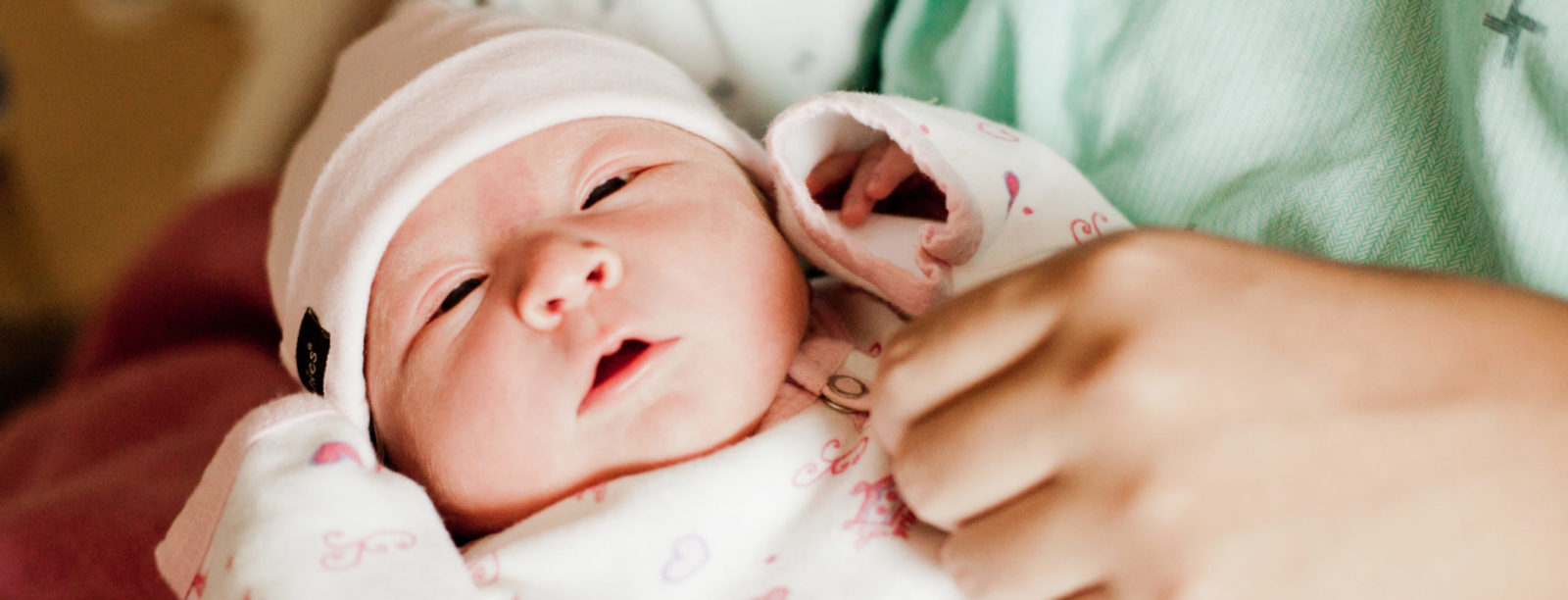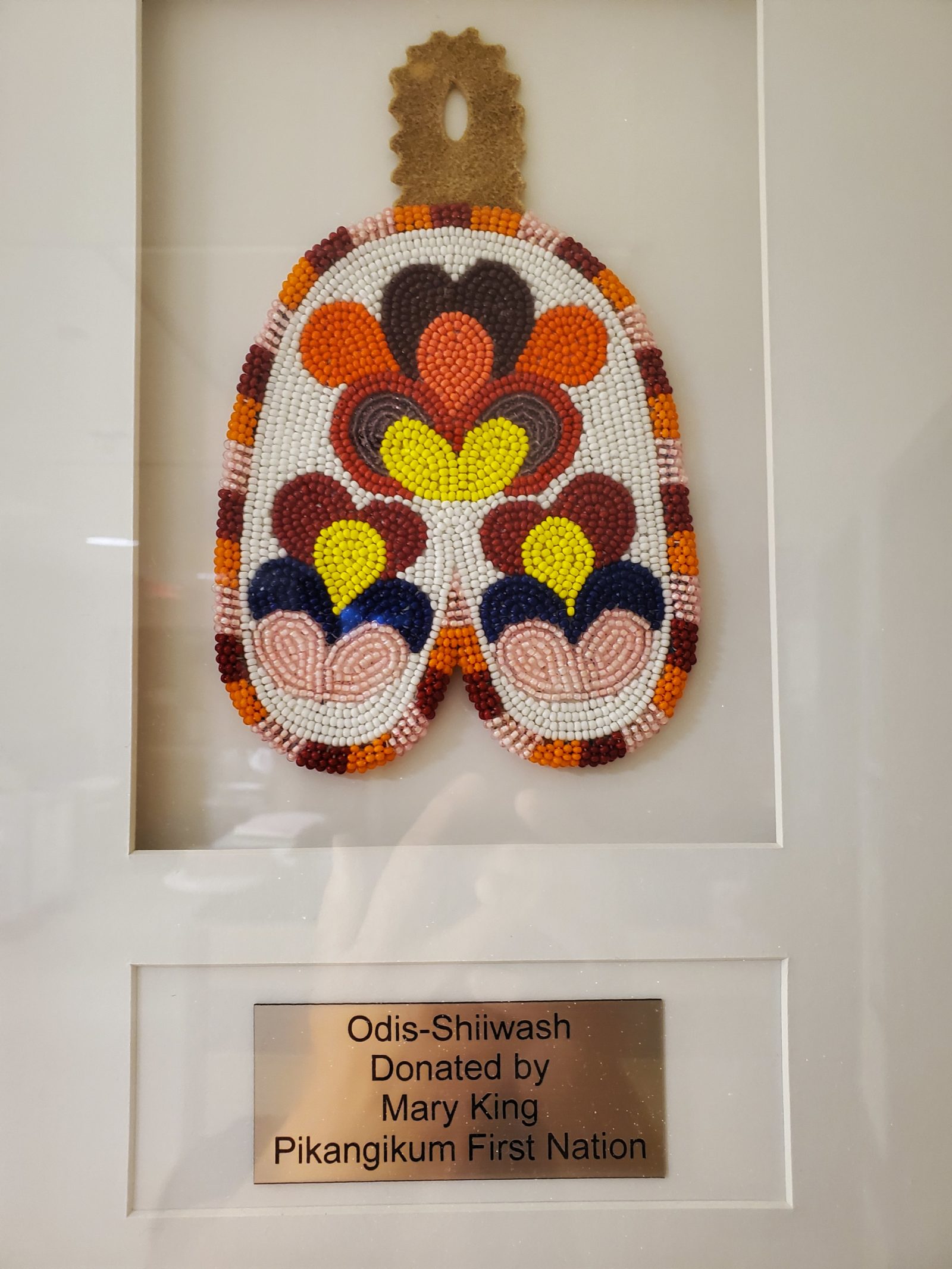
Resources and Teachings
Links and Online Resources
Northwestern Health Unit (Parenting and New Parent resources and supports)
Having a Baby – A guide from the Government of Canada. Covers topics such as maintaining a healthy pregnancy, maternity and parental benefits, registering your baby, the Canada Child Benefit, and more!
Early Child Development – Learn about programs in Ontario that can support your child’s growth and development from birth until school age.
Pregnancy and Infant Loss Network
Printable Pamphlets
Odis-shiiwash – Teaching of the Belly Button Bag
A Bimaadiziwin Teaching- a Teaching that has been orally handed down throughout the generations. Written by Renee Southwind, SLMHC
There is a belief and teaching amongst the Ojibway and Oji-Cree people about the “odis,” the belly button.
When an unborn child is in the comfort of their mother’s womb, they are connected to their mother by the umbilical cord. It is through the umbilical cord that they get their nutrition and oxygen. Once they are born, the umbilical cord is cut and the baby is able to breathe on its own and so begins to feel their new surroundings.
Days later, the umbilical cord is dry and will fall off as now they have a belly button formed underneath. The dry piece is then placed in a small beaded pouch with a short braided strap called a “odis-shiiwash,” and is securely sewn up. The odis-shiiwash is then hung or safely pinned on the baby’s tikinagan, moss bag, or close to their crib. The child at a late age is taught to keep their odis for the rest of their life.
The teaching is that the odis is a reminder to the child to always stay close to their mother and have a good relationship, and therefore is symbolic of staying connected to Mother Earth, the provider of all goodness.
It is also used to teach a child to “not always be digging around” for things, but to be of sound, peaceful behavior and character.
